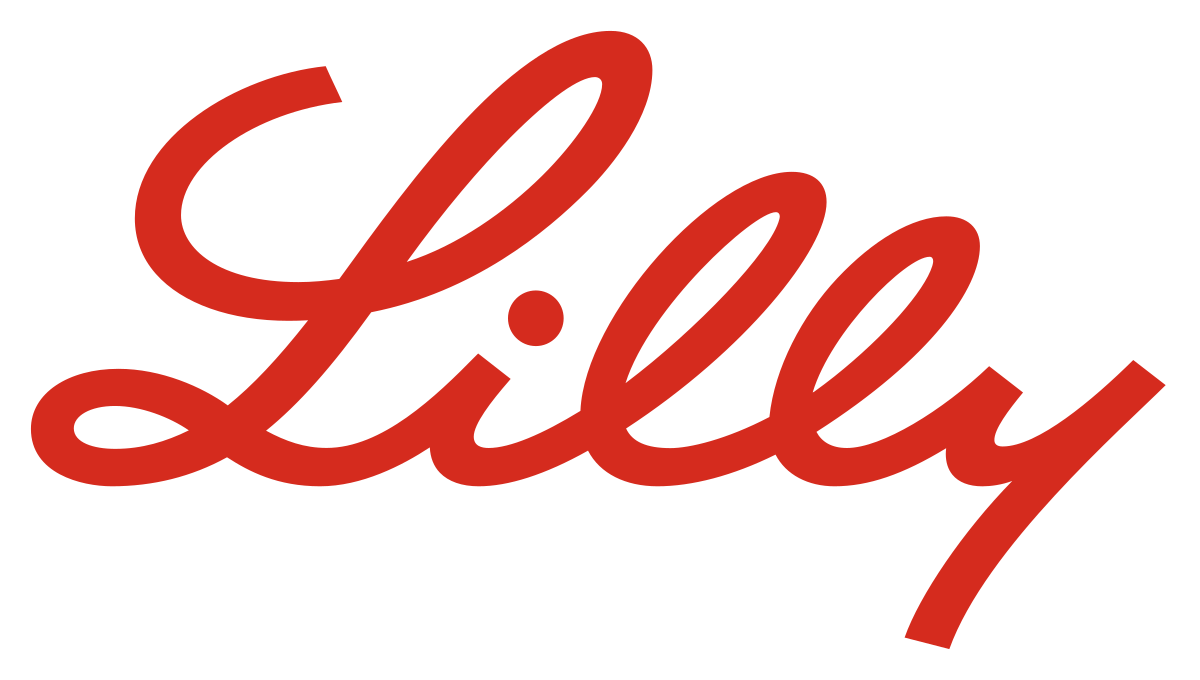by Ravindra Warang
5 minutes
The Role of Innovative Leadership in the Pharmaceutical Industry
In this article, we will explore how the pharma leaders are bringing a change using innovation and the latest technologies in their industry.

Today, the pharmaceutical industry is among the largest and most important global sectors. With the power to shape everyone’s health and livelihood, the growth of pharmaceutical companies relies heavily on research and development. The key focus in any pharmaceutical company is the development of appropriate medications, drugs, and procedures to treat diseases and improve the overall quality of life.
In the pharmaceutical industry, “innovation” is the lifeblood. As a fiercely competitive landscape, the growth and revenue of any company depends on pharmaceutical innovation. Hence, leaders and C-suite executives should always focus on creating a culture that encourages innovation. Innovative pharma executives create targets, set goals and encourage their employees to achieve them. Consequently, fostering innovation in the pharmaceutical industry begins at the very top, and without an innovative leader, a pharma company cannot reach its targets.
The Innovation Mindset: Characteristics of Innovative Leaders

Innovative pharma executives possess some key traits that make them stand apart:
Open-mindedness
Arguably, this is the most important trait in pharmaceutical leaders. Pharmaceutical executives need to be open to new ideas, approaches and suggestions. They should encourage creativity within their team and listen to and implement their ideas.
Visionary thinking
Innovative pharma leaders have a clear vision for their company. They can aptly articulate their vision and goals for the company and encourage others to join them. Visionary leaders look beyond current projects and requirements and anticipate the future.
Resilient
Innovation in pharma is not a one-hit success. Instead, it’s a rollercoaster of mini-successes and mini-failures that lead to the outcome. Leaders should be resilient and encourage their teams to push through. Leaders should provide guidance and set necessary standards.
Adaptability
The pharmaceutical industry is a dynamic environment where new information is obtained every minute. Innovative leaders should be able to adapt their plans according to new information or changing market dynamics.
Teamwork
Collaboration is the backbone of a pharmaceutical company. A pharma executive may have the vision, but ultimately, they need to work with scientists, marketers and regulators to make it a success.
Hence, being an innovative leader is not enough; you should also be able to foster creativity within your team.
Building Innovative Teams: Strategies for Fostering Creativity
There is no set guideline for fostering innovation in the pharmaceutical industry. However, executives and leaders can consider some of the following strategies.

Provide resources and support
Leaders should provide their team with enough resources, training and support so they can think independently and develop new ideas. Teams should have access to literature, training materials and funds for experimentation. A great example of this is Astra Zeneca. AstraZeneca has 182 projects in its pipeline, 150+ of which are in the clinical stage.
Create space for innovation
As already mentioned, pharmaceutical innovation is a rollercoaster. Hence, leaders should provide a space where their teams can experiment without deadlines. They can create projects which may not be relevant now but may pay off if the time comes. An excellent example is Pfizer, which was already researching flu vaccines before COVID-19. Even though this research was considered “unimportant” before 2020, it gave Pfizer an edge over other companies during COVID-19.
Reward and recognise
Rewarding hardworking, innovative or creative employees is another strategy to encourage innovation. Showing your appreciation for their work makes them feel recognised and work harder. Furthermore, pharma executives should also recognise the opinions of their team members. This will allow them to steer the company away from projects which the majority believes should be halted. This strategy was employed by Roivant Sciences, who looked outside the box and incentivised the growth of the entire company rather than one team. It encouraged teams and employees to raise red flags for programs they believed should be halted.
However, you may face some obstacles even after implementing the best strategy.
Overcoming Barriers to Innovation: Common Obstacles and How to Address Them?

Regulatory compliance
The success of pharmaceutical drugs is heavily reliant on regulatory compliance. Drugs need to conform to stringent guidelines and regulations and approvals are subject to lengthy processes. Therefore, it is necessary to collaborate with regulatory bodies to define guidelines.
Intellectual property protection
IP protection is crucial for ensuring growth. IP protects the innovative products and processes developed by your company. However, acquiring IP is a complex and lengthy process, which can create hurdles, financial losses and competition. Furthermore, companies also need to keep track of IP expiration dates to ensure they can extend the protection and maintain control over their innovations.
Loss of public trust
Public trust plays a key role in the pharmaceutical industry. Public trust determines whether the company’s products sell, which in turn defines its revenue and the budget it can allocate to R&D. Consequently, companies always need to ensure public trust is maintained, which is difficult when the industry is a minefield of guidelines, rules and regulatory requirements.
Case Study: Eli Lilly

Background:
Eli Lilly and Company was founded in 1876 in the USA. It is the first company to produce insulin (1923), Salk polio vaccine (1955) and penicillin (1940s). Currently, it has a market capitalisation of USD 738.8 billion. Despite being a well-known and successful company, Eli Lilly faced productivity problems in the past.
Obstacle:
Eli Lilly patented Prozac in the 1980s, and it quickly became its best-selling drug for depression. It accounted for ~20% of the company’s revenue in 2001. However, in 2001, Eli Lilly lost its patent protection, which triggered a 23% drop in sales. Furthermore, the US government imposed a fine for illegal marketing of Zyprexa. This financial impact and fine led to a wave of distrust among customers. As a result, the company’s sales further dropped.
Solution:
In the subsequent financial year, pharma executives at Eli Lilly increased its R&D budget by 30%, hired more than 700 scientists, and diversified its core research areas. It focused on other drug development programs to ensure it did not rely on only 2-3 products for its revenue. It further collaborated with other companies to improve time utilisation, cost and innovativeness of products, reduce risk, and leverage the value of assets. Eli Lilly also used outsourcing, joint ventures and peer-to-peer collaborations to reduce cost, maximise time and decrease risk.
Conclusion
This case study of Eli Lilly shows how important innovation in leadership is. Fostering innovation in the pharmaceutical industry is difficult if the leader isn’t resilient, a team player, adaptable and open-minded. There are many challenges to innovation in the pharma industry, but a strong and innovative leader is essential to ensure all challenges are overcome.
FAQs
1. What is innovation in the pharma industry?
Innovation refers to developing new drugs, medications, therapies, and treatment methods to overcome current challenges or limitations in treating or diagnosing diseases.
2. What role do pharma executives play in innovation?
Leadership is the backbone of the company. Pharmaceutical innovation can only happen if leaders are open to suggestions and ideas. Furthermore, they guide the company toward its goals and provide solutions and ideas based on market insights.
3. How do innovative leaders shape the pharmaceutical industry?
Innovative leaders drive scientific and medical advancements, transform procedures and foster collaboration, shaping the pharmaceutical industry.




